Track core resources to reveal your eating habits
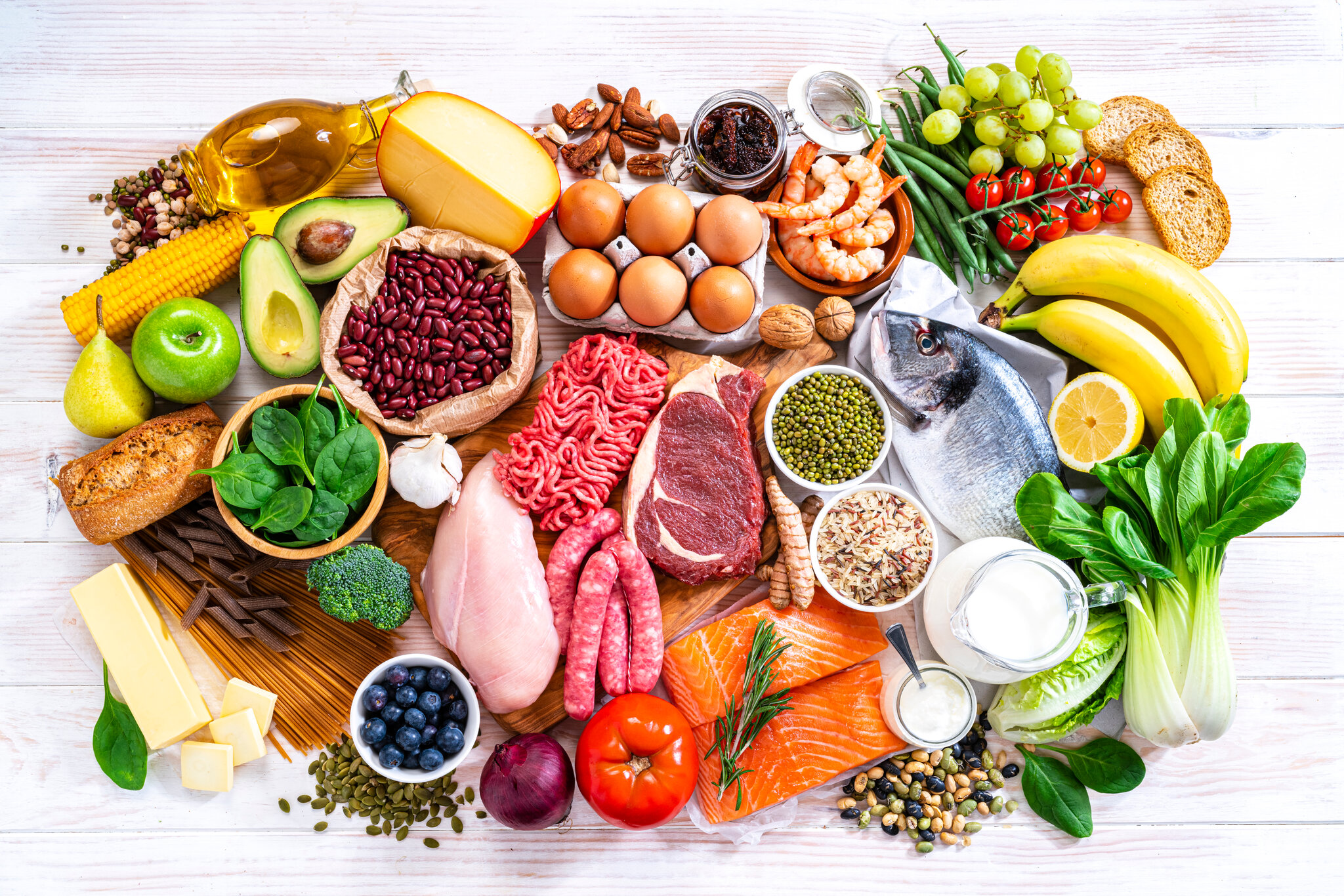
Most people don’t keep track of their eating habits. For example, I can’t even remember what I ate yesterday, let alone what I ate a week ago. This is what the Core Resources Extension does best.
What is the Core Resources Extension (CRE)?
CRE is an extension for the Wellness System. It tracks your eating habits by revealing your most and least eaten foods. Making changes to your diet then becomes easy. It’s very simple to maintain but it doesn’t happen without a little effort.
First, create a table with two columns in Google Sheets or Excel. Next, upon eating something, add it to the table and increment the “cycle” column. This will keep track of every time you eat this particular resource. Once accumulating enough data, create a chart to track your progress.
Using Core Resources to reveal your habits

As you can see in this chart, the most frequented resource is spinach and the second is beef. The resources near the top are called your “core resources” and are the resources you consume the most. Also, see that the data takes on the form of a curve. That is natural and means your eating habits are organic instead of mechanical.
Now that your habits have been revealed, start to make changes by modifying your eating patterns. As the data grows, your Core Resouces will grow along with it. Remove a resource at any time or reset the data by starting over with a fresh table. This is helpful for core resources you no longer eat.
You can download the Wellness System here at the second download button:
CRE is located on the “Extensions” tab at the bottom. The table below (and in the graph above) is an example of CRE.
| Designation | Cycles |
| Spinach | 24 |
| Beef | 12 |
| Tomato Sauce | 12 |
| White Mushrooms | 10 |
| Blackberries | 9 |
| Orange Juice | 9 |
| Chicken | 9 |
| Caramel Chocolate Nut Roll | 9 |
| Strawberries | 7 |
| Bean Sprouts | 6 |
| Asparagus | 6 |
| Scallion | 5 |
| Milk, Whole | 5 |
| Bell Peppers | 5 |
| Sea Bass | 4 |
| Oatmeal (not instant) | 4 |
| Portobello Mushroom | 4 |
| Light Champagne Dressing | 4 |
| Edamame | 4 |
| Pate | 3 |
| Shrimp | 3 |
| Cottage Cheese | 3 |
| Broccoli | 3 |
| Meatless Bites | 3 |
| Tofu | 3 |
| Madras Lentils | 3 |
| Romaine Lettuce | 3 |
| Veal | 3 |
| Tomatillo (5) | 3 |
| Gorgonzola Cheese | 2 |
| Artichoke | 2 |
| Cauliflower | 2 |
| Shredded Wheat | 2 |
| Cod | 2 |
| Fennel | 2 |
| Green Beans | 2 |
| Scallops | 2 |
| Eggs | 2 |
| Tuna | 2 |

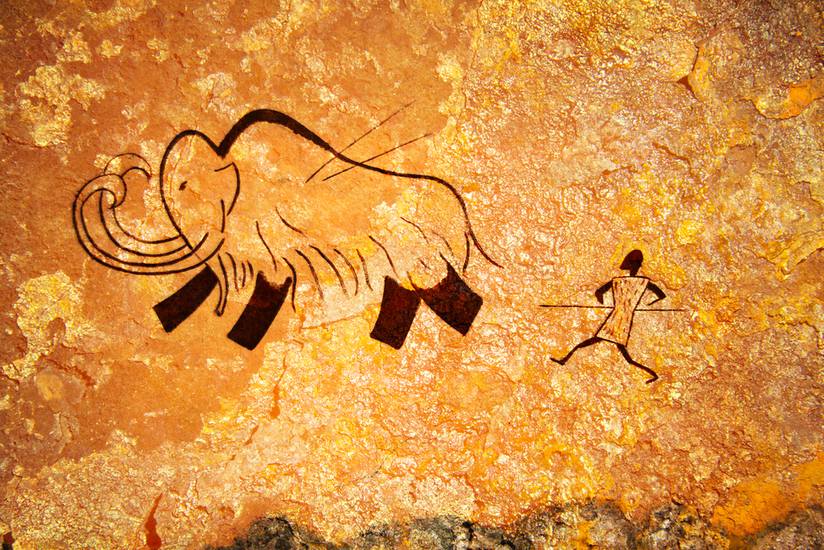





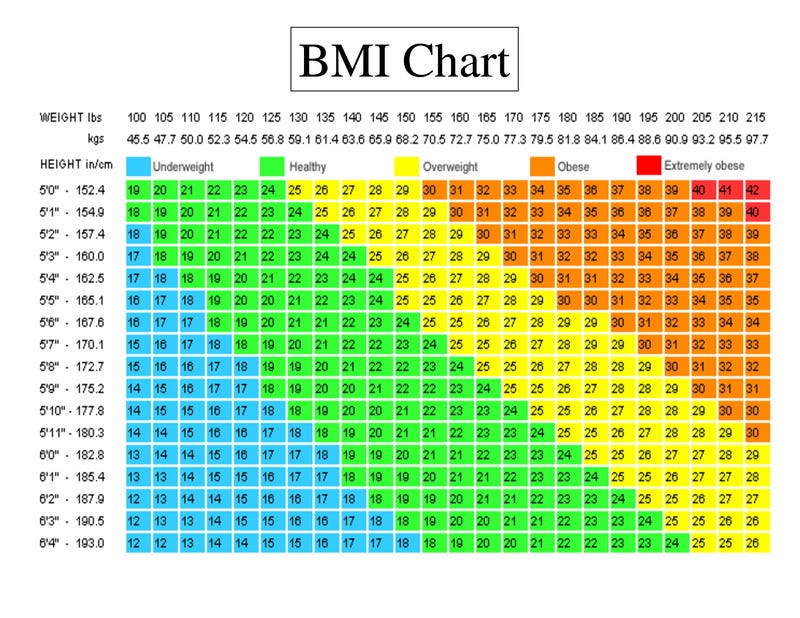







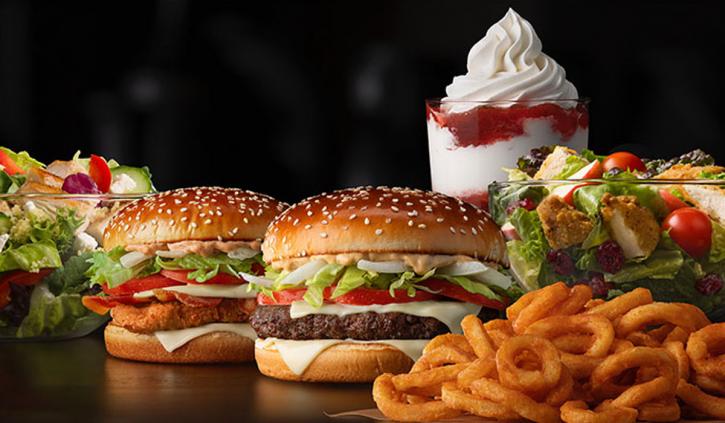

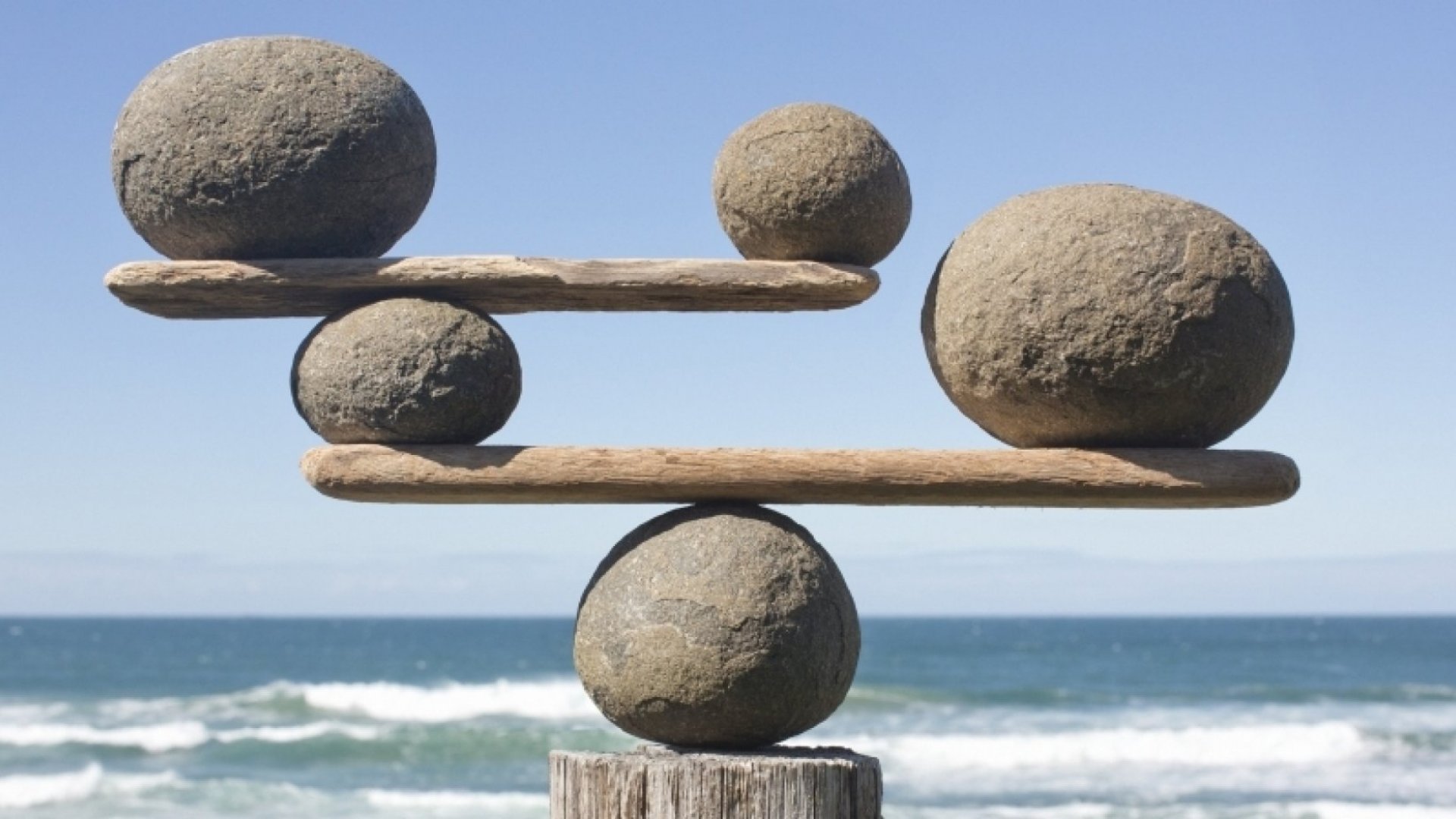



 The Wellness System
The Wellness System